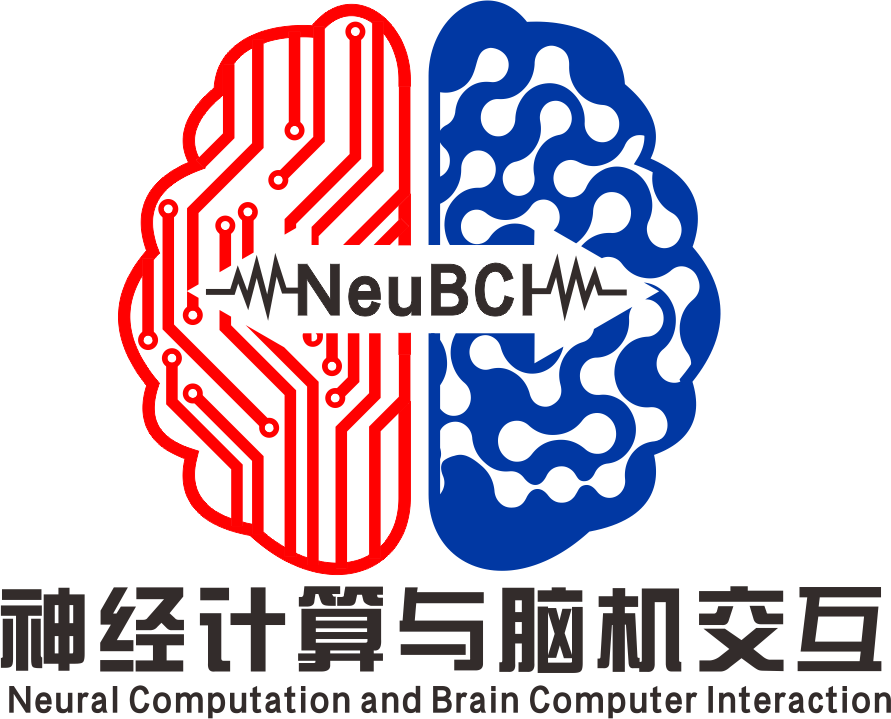本文的第一作者为博士生汪胜佩,题目为:“Reorganization of rich-clubs in functional brain networks during propofol-induced unconsciousness and natural sleep”,发表于NeuroImage: Clinical
以下为文章摘要:
Background: General anesthesia (GA) provides an invaluable experimental tool to understand the essential neural mechanisms underlying consciousness. Previous neuroimaging studies have shown the functional integration and segregation of brain functional networks during anesthetic-induced alteration of consciousness. However, the organization pattern of hubs in functional brain networks remains unclear. Moreover, comparisons with the well-characterized physiological unconsciousness can help us understand the neural mechanisms of anesthetic-induced unconsciousness.
Methods: Resting-state functional magnetic resonance imaging was performed during wakefulness, mild propofol-induced sedation (m-PIS), and deep PIS (d-PIS) with clinical unconsciousness on 8 healthy volunteers and wakefulness and natural sleep on 9 age- and sex-matched healthy volunteers. Large-scale functional brain networks of each volunteer were constructed based on 160 regions of interest. Then, rich-club organizations in brain functional networks and nodal properties (nodal strength and efficiency) were assessed and analyzed among the different states and groups.
Results: Rich-clubs in the functional brain networks were reorganized during alteration of consciousness induced by propofol. Firstly, rich-club nodes were switched from the posterior cingulate cortex (PCC), angular gyrus, and anterior and middle insula to the inferior parietal lobule (IPL), inferior parietal sulcus (IPS), and cerebellum. When sedation was deepened to unconsciousness, the rich-club nodes were switched to the occipital and angular gyrus. These results suggest that the rich-club nodes were switched among the high-order cognitive function networks (default mode network [DMN] and fronto-parietal network [FPN]), sensory networks (occipital network [ON]), and cerebellum network (CN) from consciousness (wakefulness) to propofol-induced unconsciousness. At the same time, compared with wakefulness, local connections were switched to rich-club connections during propofol-induced unconsciousness, suggesting a strengthening of the overall information commutation of networks. Nodal efficiency of the anterior and middle insula and ventral frontal cortex was significantly decreased. Additionally, from wakefulness to natural sleep, a similar pattern of rich-club reorganization with propofol-induced unconsciousness was observed: rich-club nodes were switched from the DMN (including precuneus and PCC) to the sensorimotor network (SMN, including part of the frontal and temporal gyrus). Compared with natural sleep, nodal efficiency of the insula, frontal gyrus, PCC, and cerebellum significantly decreased during propofol-induced unconsciousness.
Conclusions: Our study demonstrated that the rich-club reorganization in functional brain networks is characterized by switching of rich-club nodes between the high-order cognitive and sensory and motor networks during propofol-induced alteration of consciousness and natural sleep. These findings will help understand the common neurological mechanism of pharmacological and physiological unconsciousness.
全身麻醉(general anesthesia, GA)为人们理解意识丧失的神经机制提供了一种有利的是实验工具。先前的神经影像学研究表明在麻醉药物引起的意识改变期间,大脑功能网络存在一定的功能的整合与分离。但是大脑功能网络中核心节点的组织模式仍然存在许多未知。此外,麻醉药物引起的意识丧失与生理意识丧失的比对有助于促进对麻醉药物引起的意识丧失的神经机制。本研究首先招募8名健康人进行麻醉药物(丙多酚)诱发意识丧失实验。每名受试者分别在清醒、轻度丙多酚诱发的镇静、重度丙多酚诱发的镇静三种状态下进行了静息态功能磁共振成像扫描。同时本研究招募年龄与性别匹配的9名健康受试者进行清醒和睡眠状态下的静息态功能磁共振成像扫描。然后本研究对每个被试构建了大脑功能网络,并评估和分析不同状态和群组之间的大脑功能网路中的“富俱乐部(Rich-club)的组织模式和节点特性(节点强度和效率)”。本研究发现在丙多酚引起的意识丧失期间,大脑功能网络的rich club被重新组织。首先,rich-club节点从后扣带皮城、角回、脑岛向顶上小叶、顶下沟和小脑区域转移;随着镇静强度的加深到无意识状态,rich-club节点转移到枕叶和角回。上述研究结果表明,rich-club节点在高阶认知功能网络(默认网络和额顶网络)、感觉网络(枕叶网络)以及小脑网络之间的随着麻醉深度相互转换。同时,与清醒状态相比,丙多酚诱发的无意识状态下的局部连接更多地转换为rich-club连接,这表明网络的信息交换得到了加强。大脑网络节点分析表明前中脑岛和腹侧额叶的网络效率显著降低。在自然睡眠诱发的意识丧失分析中,本研究观察到与丙多酚诱发的意识状态相似的rich-club重组模式(rich-club节点从默认网络向感觉运动网络转移)。同时与自然睡眠相比,在丙多酚诱发的意识丧失过程中,脑岛、额叶,后扣带和小脑的节点效率显著下降。本研究表明丙多酚诱发的意识改变和自然睡眠过程中,大脑功能性网络存在相似的rich club重组模式(rich-club节点在高阶认知网络和运动感觉网络间相互切换)。该发现加你有助于了解药理性和生理性意识丧失的共同的神经学机制。
文章链接:https://linkinghub.elsevier.com/retrieve/pii/S2213158220300255
